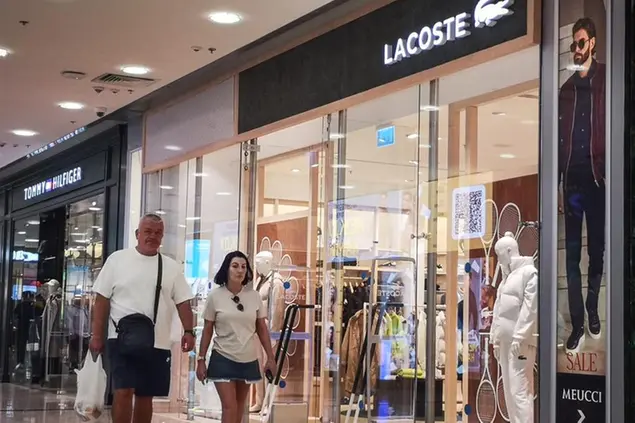PHOTO
After a longstanding dispute between two crocodile-themed brands over their logos, the Supreme Court has ruled that there is no confusing similarity between the trademarks of French fashion giant Lacoste and Asia-based apparel brand Crocodile.
In a decision dated November 6, 2023, released on Sept. 10, 2024, the high court upheld rulings from lower tribunals, dismissing Lacoste's lawsuit against Crocodile over the brand logo dispute.
'The Court holds that there are pronounced differences between Lacoste's and Crocodile's marks, [which make] them distinguishable from one another,' the high court's 16-page ruling stated.
The case
The legal battle dates back to 1996, when Lacoste filed a lawsuit against Crocodile before the Intellectual Property Office (IPO). It argued that Crocodile's trademark application for the 'Crocodile and Device' mark was too similar to its own logo.
Lacoste claimed that the Asian brand's logo was 'confusingly similar or identical' to its own, which would result in 'great damage' to its brand.
However, the IPO ruled in favor of Crocodile, pointing out that its logo features the word 'Crocodile' written above the lizard-like figure, which is not present in Lacoste's logo, making the two marks distinguishable.
Lacoste then appealed to the Court of Appeals to overturn the IPO's decision.
The appellate court, however, upheld the IPO's ruling, emphasizing that Lacoste is a high-end brand, not a common household item, and that an 'ordinary intelligent buyer' would 'closely scrutinize' the products, reducing the likelihood of confusion.
The ruling
Still dissatisfied, Lacoste escalated the case to the Supreme Court through a petition for Review on Certiorari under Rule 45 of the Rules of Court, which addresses legal issues and the substance of lower court rulings.
The Supreme Court affirmed the findings of the lower courts, noting differences in the logos' fonts, the positioning of words, and the direction in which the lizard-like figures face.
In response to Lacoste's claim that consumers would be confused by the similarity, the high court said there was a need for "consumer survey evidence" to prove actual confusion. However, no such evidence was presented.
'Indeed, the Court finds no other practical means of determining the existence of actual confusion than to get a representative sample of the population and personally elicit from them their perception of the marks,' the ruling read.
Copyright © 2022 PhilSTAR Daily, Inc Provided by SyndiGate Media Inc. (Syndigate.info).
